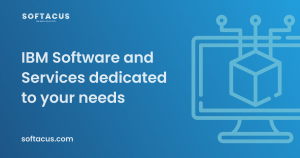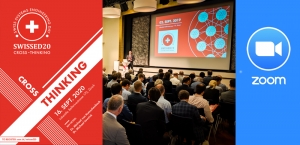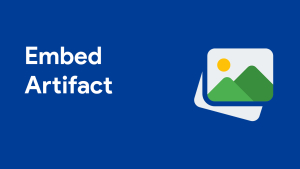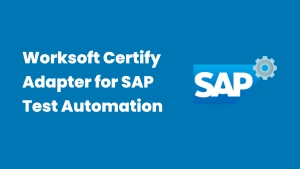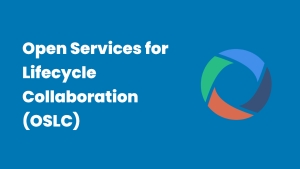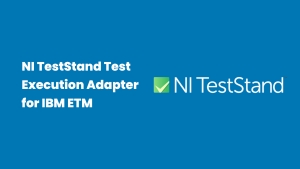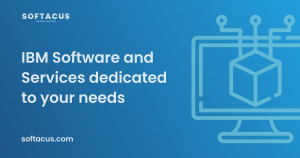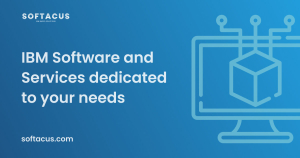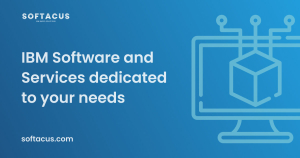Displaying items by tag: ibm
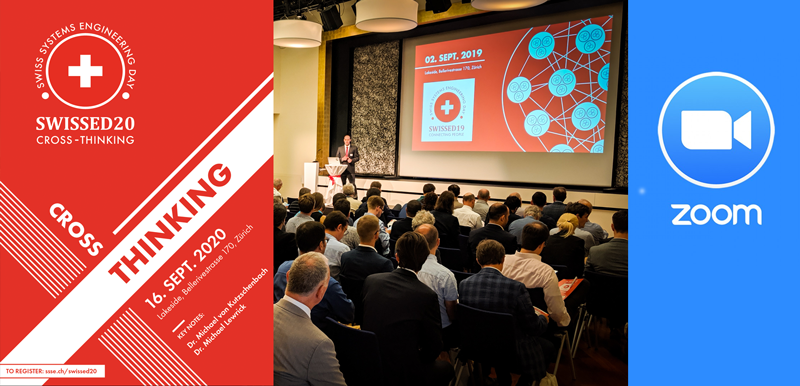
Softacus was a Sponsor of SWISSED20 - an Annual Symposium of the Swiss Systems Engineering Society - which was held this year as a hybrid event comprising of the real conference and virtual content.
We were onsite, presenting IBM Watson IOT Continues Engineering products - IBM DOORS Next Generation, Workflow Management, Test Management, and more.
Worksoft Certify® is the industry’s first automated codeless testing solution built specifically for non-technical users to test end-to-end business processes at an enterprise scale. Built to test complex processes that span multiple applications and integrate into modern-day DevOps toolchains, Certify ensures that not only your software works but that your business works. Certify automates the testing of your exact business processes across all your enterprise applications, including Salesforce, Oracle, SAP, Ariba, Workday, SuccessFactors, Siebel, Manhattan, ServiceNow, and many others. This happens seamlessly and as fast as the underlying applications can operate, so you can validate business processes in record time with perfect reliability and consistency. When you integrate your IBM® Engineering Test Management with Worksoft Certify®, you increase your automation capabilities while extending your existing test and validation processes.
Open Services for Lifecycle Collaboration (OSLC) is a set of specifications that simplifies the tool integration across the software delivery lifecycle. OSLC enables the creation of large-scale and easily maintainable integrations in a diverse tools environment. Tools that use OSLC specifications can more easily maintain tool integrations from different vendors.
This article aims to help the user with the process of deploying templates to the DOORS Next Generation.
The official procedure is described by IBM here:
https://jazz.net/wiki/bin/
In brief, you can deploy the template to DOORS NG easily steps:
- Test the code of smart products, which might have hundreds of thousands or millions of lines of code, for defects.
- Reduce the cost of code defects by identifying them earlier in the development process.
- Mitigate increasing product complexity by tackling quality challenges earlier in the development process.
- Improve efficiency by breaking down the divisions between engineering departments.
- Enables traceability of requirements through test.
- Improves collaboration between product development and quality assurance teams.
- Improves testing efficiency by integrating world-class testing technologies.
- Enhances quality management through dashboarding of test execution.
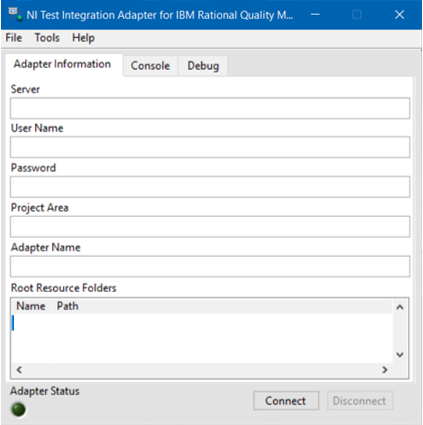
Features

Change Management
Version Control And Configuration Management
But the force of Rational Team Concert is especially perceptible when you apply the tool for managing the versions of whole repositories but not single files only. You will save your artifacts in one or many components, fix the status of the components with snapshots and baselines. As a result of this, you will be able to restore the state of your project to a point how it was any time before. The flexibility of streams allows you to develop the software products in parallel, start any research where the results aren't clear still and avoid mixing them with the project artifacts, urgently fix any defects in the final phase of testing, and continue the development in parallel without any breaks and unexpected impacts.
Planning
Automated building
Reports And Dashboards
Process
Collaboration
Community
Overview
IBM Rational Quality Manager is a collaborative, web-based, quality management solution that offers comprehensive test planning and test asset management from requirements to defects. The Jazz platform enables teams to seamlessly share information. It uses automation to speed project schedules and report on metrics for informed release decisions. It can also be purchased as part of the Collaborative Lifecycle Management solution—a set of seamlessly integrated tools: IBM Rational Team Concert, IBM Rational Quality Manager, and IBM Rational DOORS Next Generation.
Rational Quality Manager works with requirements in IBM Rational DOORS Next Generation to keep test cases in sync whenever requirements evolve. Rational Quality Manager also integrates with a wide range of test automation tools like IBM Rational Functional Tester, enabling you to run tests and collect results, all from a central location.
But when we will take a look at embedded software development, we will find big specifics because it's used on machines and devices that are not typically thought of as computers. Usually, this kind of software is specialized for the particular hardware that it runs on and has time and memory constraints. It can be exactly described that no or not all functions of such software are initiated/controlled via a human interface, but through machine-interfaces instead. We can point to such similar devices as cars, phones, modems, robots, toys, security systems, pacemakers, TV sets, digital watches, various medical devices, etc. This software can be very simple, such as lighting controls running on an 8-bit microcontroller with a few kilobytes of memory, or can become very sophisticated in solutions such as airplanes, missiles, and process control systems.
IBM Rational Quality Manager supports reliable and flexible integration with testing systems from National Instruments specially designed for use in embedded software development. National Instruments (NI) Test Integration Adapter for IBM Rational Quality Manager software enhances test engineer teams' efficiency by automating NI TestStand sequence execution and reporting from Rational Quality Manager.
Engineering departments create increasingly complex products, and as a result, automobiles, aircraft, medical devices, consumer electronics, and more depend on software driving the hardware components. IBM Rational software and National Instruments integrate development and test environments to help clients with their most important goals:
- Test the code of smart products, which might have hundreds of thousands or millions of lines of code, for defects.
- Reduce the cost of code defects by identifying them earlier in the development process.
- Mitigate increasing product complexity by tackling quality challenges earlier in the development process.
- Improve efficiency by breaking down the tasks between engineering departments.
Combining Rational Quality Manager software and National Instruments (NI) TestStand provides comprehensive test case traceability, test case results management, and automated test scheduling and execution. Test results are made available to all teams so that applications can be validated at virtually every point along the development path, from simulation and prototyping, through deployment onto hardware, and integration into the end system. Both operational efficiency and test accuracy can be improved through the ability to reuse test components throughout multiple project phases and even on different projects.
A specially designed piece of software - the NI Test Integration Adapter for Rational Quality Manager software - provides integration between NI TestStand and Rational Quality Manager. This integration product includes the following main features and functions:
The requirement to test traceability: Test engineers can use the integration to link automated tests to test cases and to requirements. NI TestStand applications (and by extension all the code modules called) and parameter files on the test machine are linked to a Rational Quality Manager test case that provides traceability to other project aspects including requirements, overall quality plan, project plan, change-defect management system, and so on.
Test automation: From the web-based interface of Rational Quality Manager, test engineers can invoke the execution of the NI TestStand applications that are linked to the Rational Quality Manager test case. The execution status reported by the NI TestStand sequence is displayed in the Rational Quality Manager web interface as part of the test case execution results. Test engineers can then optionally create defects linked to the test case results to keep track of noncompliance detected by running the test.
Test case results management: Upon completion of the NI TestStand sequence, various outputs from the sequence are automatically published to Rational Quality Manager storage and an HTML report is linked to the Rational Quality Manager test case execution result page. The HTML report is created by this software product on the local machine and the details of the report content as well as what is stored in IBM JazzTM are configured by the user.
Videos
Excellent video about the integration of modeling, requirements, and testing software development areas into the whole software development process with solutions from IBM and National Instruments.
Simulink from The MathWorks, Inc. (an American privately held corporation that specializes in mathematical computing software) is graphical programming software for building models, simulations, and analyses for complex dynamical systems. It offers tight integration with the rest of the MATLAB environment. The tool can be very useful in automatic control and digital signal processing for multidomain simulation and Model-Based Design.

